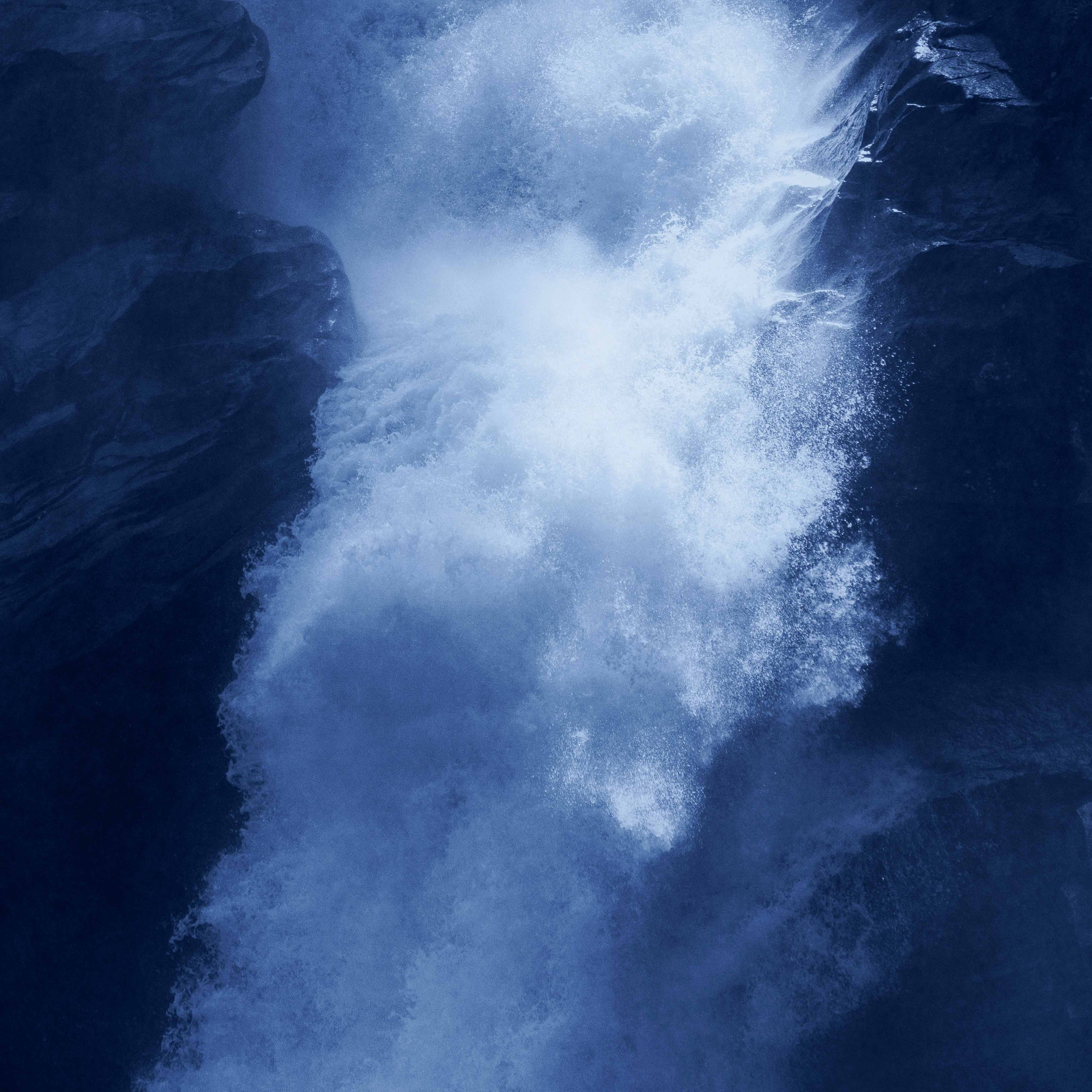Our blue planet – the earth – is covered with water on its surface, accounting for slightly more than 70%. That corresponds to approximately 1.4 billion cubic kilometers of water or 1.4 trillion liters. As a figure, that's 1,400,000,000,000,000,000,000 liters. It seems that water is abundantly available – but as we all know, saltwater is not drinkable for humans. More precisely, only 2.5% (35 million cubic liters) of the 1.4 trillion liters is drinkable freshwater. Of these 35 million cubic liters, the vast majority (about 69%) is bound as ice in the glaciers of the Arctic and Antarctic, while the remaining 30% lies as groundwater deep beneath the Earth's surface. Only a minimal portion of freshwater reserves, namely 0.3% or 105,000 cubic kilometers, is available as surface water in lakes, rivers, and reservoirs. This limited amount of water must be shared among humans, animals, and plants.
Although 0.3% of the total available freshwater may seem insignificant for the current world population of eight billion, it is interesting to note that this small percentage could theoretically suffice for the needs of 20 billion people. This assumption is based on the idea that access to the available water would be evenly distributed. Thus, theoretically, there would be no global water scarcity. Instead, it is well-known regions worldwide that suffer daily from the effects of water shortage. Because the significant insight derived from this data and facts is: the undersupply in some regions of the world is not due to the overall amount of usable water, but rather to the unequal distribution and differing accessibility of this precious resource.
Compared to 1930, human water demand has increased sixfold today and is expected to continue to rise. The main reason for this can be attributed to the growth of the world population. Not only does the overall demand for water increase for drinking and washing, but also for consumption and economic development. Currently, approximately 70% of global freshwater consumption is attributed to agriculture. The industrial sector accounts for roughly another 20%. In contrast, the direct comparison of private consumption (drinking water, sanitation, hygiene, cooking, etc.) is relatively low. These values vary significantly by region.
BOMB YOUR THIRST
SAVE YOUR SOUL
Source: https://nevensuboticstiftung.de/blogs/gibt-es-genug-wasser

